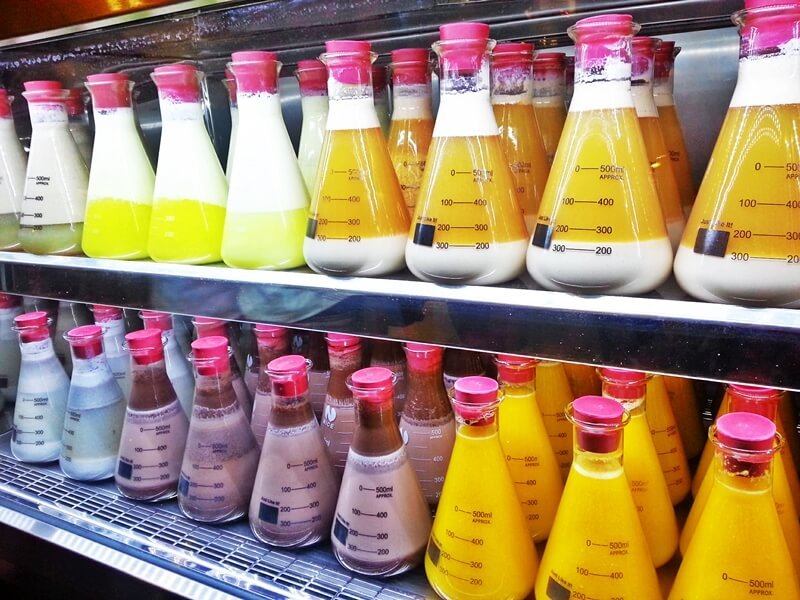A company in the United Kingdom can transform chemicals found in oranges into the coveted flavor of grapefruit. By mixing the orange compounds with molecules made by living organisms, Oxford Biotrans creates natural flavors without having to ever crack open a grapefruit.
And they’re not the only people using biology to make one natural ingredient out of another. Other companies are using microbes to forge scents and flavors normally found in roses and other plants or animals.
…
Using enzymes and microbes has a few advantages over harvesting directly from nature. “With agricultural products there can be drought, disease,” says Laura Stone, a test engineer at Ginkgo Bioworks. “An industrial fermentation process…can be more consistent from year to year.”
This could make rare compounds like ambergris—a prized perfume ingredient that also happens to be sperm whale puke scavenged from beaches—more accessible. Plus microbes like yeasts are convenient because they can self-replicate, Stone says.
And sometimes, using biology to make flavors may be more efficient than the artificial route.
The GLP aggregated and excerpted this blog/article to reflect the diversity of news, opinion, and analysis. Read full, original post: What are the “natural flavors” in your food? Biotech is making the answer more complicated.
For more background on the Genetic Literacy Project, read GLP on Wikipedia































